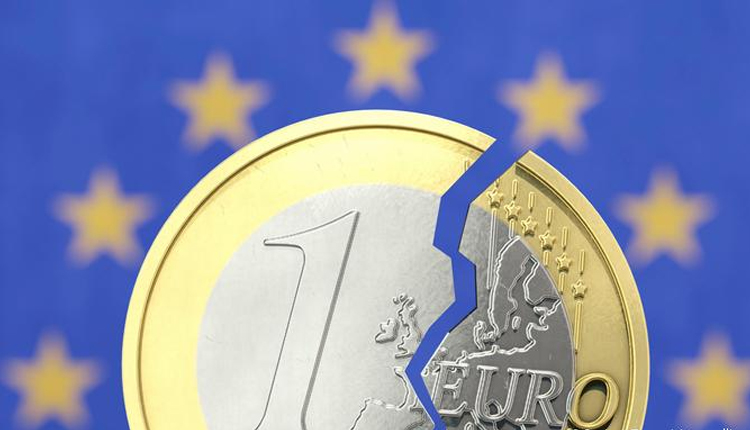The eurozone annual inflation rate was 8.9 percent in July, 8.6 percent up from in June.
A year earlier, the rate was 2.2 percent. The European Union annual inflation was 9.8 percent in July, 9.6 percent up from in June. A year earlier, the rate was 2.5 percent. These figures are published by Eurostat, the statistical office of the European Union.
The lowest annual rates were registered in France, Malta (both 6.8 percent) and Finland (8.0 percent).
The highest annual rates were recorded in Estonia (23.2 percent), Latvia (21.3 percent) and Lithuania (20.9 percent). Compared with June, annual inflation fell in six Member States, remained stable in three and rose in eighteen.
Eurostat said that of the total, 4.02 percentage points came from more expensive energy — the costs of which surged because of Russia’s invasion of Ukraine — and 2.08 percentage points from more expensive food, alcohol and tobacco.
But even when these most volatile components are excluded, in what the European Central Bank calls core inflation and watches closely in interest rate decisions, prices still were 5.1 percent year-on-year higher in July. The ECB’s headline inflation target is 2.0 percent.
Last month, the bank started a tightening cycle after years of ultra-loose monetary policy, but still the prices of services, which create more than two thirds of the euro zone’s GDP, rose 3.7 percent year-on-year in July, adding 1.6 percentage point to the final outcome.
Industrial goods were 4.5 percent more expensive than 12 months earlier, adding 1.16 percentage points to the final headline figure.



